Concern continues to mount that Scotland and the rest of the UK will fall far short in the number of public electric vehicle (EV) chargers needed to meet soaring demand in the future.
New petrol and diesel cars will no longer be sold in Britain after 2030.
If there are not enough public chargers up and running by that date, hundreds of thousands of drivers of electric vehicles who don’t have their own machine at home will likely have to join a long queue – or face the prospect of their battery dying on the road.
Such an outcome would be a disaster for the British economy.
The UK Government has said it wants to see 300,000 public EV chargers up and running by the end of this decade, but there is still a long way to go to achieve this.
Latest figures from EV charge-point app Zap-Map show there were 40,496 chargers in operation in the UK last month – up 35% year-on-year, but the gap is still massive.
Scottish shortfall
The explosion in the use of EVs means there could be up to a million of the vehicles in Scotland by the end of this decade.
As a result, it is expected 30,000 public chargers will be needed north of the border in a massive investment programme.
But, according to ChargePlace Scotland, there were fewer than 2,500 up and running last year.
Slow growth in the north-east
It emerged last summer that fewer than 30 chargers were installed over 12 months as part of a Scottish Government-funded network stretching from Fraserburgh to Dundee.
Just under 400 new public chargers went into service north of the border between June 2021 and May 2022.
Of those, 28 were in the Scottish Parliament’s north-east region, which covers Aberdeenshire, Aberdeen, Angus and Dundee.
North-east Conservative MSP Liam Kerr claimed it will take 45 years for the Scottish Government to hit 30,000 EV chargers by the end of the decade if the “woeful” rollout pace continues.
He said: “The Scottish Government needs to be installing around 4,000 a year across the country… but they are a million miles away from reaching the target they promised by 2030.
“At the current rate of progress, it could take around 45 years to get to the target of 30,000 chargers which is absolutely shambolic.
“Electric car owners in the north-east are being left stuck at the side of the road, which is why the rollout of charging points must be faster not slower.”
In November 2021 journalists from The Press & Journal and The Courier travelled from John o’ Groats to Glasgow in an electric van for COP26. They captured the difficulties in accessing EV charging points as the infrastructure was just not there for huge geographic regions of Scotland.
In January 2022 the government published a new draft vision statement for EV public charging.
Massive investment required
The document said that, together with private-sector provision, Scotland’s network of public chargers was the most comprehensive in the UK outside of London.
But it also added that expanding the network between now and 2030 may need up to £1 billion of investment.
At the time, it was also announced a new public EV charging fund was being launched north of the border and it would seek to attract money from the private sector.
UK business leaders have recently highlighted the need for many more chargers.
It comes as the number of EVs registered throughout Britain tops 700,000.
Just last month a leading car manufacturing boss warned the switch to electric cars could be knocked off course by a lack of charging points.
Lisa Brankin, managing director of Ford in the UK and Ireland, said drivers could be put off buying EVs if they see massive queues at charging points.
She added: “If we are going to switch to 100% electric vehicles, we really need to have a wealth of public charging infrastructure.
“I’m not sure there is a plan in place to allow that to happen.
“We (Ford) have spent billions of dollars on electric vehicles. It is now coming fast, and we need this.”
Tesla price cuts have helped propel UK EV sales to a new record.
Total electric car sales were 19% higher in March than a year earlier, with an unprecedented 46,626 vehicles sold.
Tesla’s Model Y topped the sales chart, beating all petrol and diesel rivals with sales of 8,123, according to the Society of Motor Manufacturers and Traders (SMMT).
But just one public charger was installed for every 53 electric cars sold last year, putting adoption of the green vehicles under strain.
SMMT chief executive Mike Hawes said: “The best month ever for zero-emission vehicles is reflective of increased consumer choice and improved availability.
“But, if EV market ambitions – and regulation – are to be met, infrastructure investment must catch up.”
Consumers fear loss of power
According to SMMT, consumers still need more confidence they will not run out of power on the road – despite government targets for increased EV sales.
It said: “Models are coming to market in greater numbers, but consumers will only make the switch if they have the confidence they can charge whenever and wherever they need.
“Success will be dependent not just on product availability but on infrastructure providers investing in the public-charging network across the UK.”
SMMT expects battery-powered cars and hybrid plug-ins to reach one in four sales across the UK this year and almost one in three next year.
It has urged the UK Government to introduce charger installation targets to provide certainty for drivers switching to electric vehicles.
Will your next car be electric? RAC survey shows only 14% want an EV
Only about 14% of UK drivers – more than ever before – say their next car will be electric, according to the RAC.
Hybrid vehicles also account for a significant portion of drivers’ preferences for their next vehicle, with one-fifth saying they intend to switch to a conventional hybrid and one in 10 wanting a plug-in hybrid.
The RAC report also looked at the reasons why 86% are still not considering an EV as their next car.
Six in 10 believe there are not enough public-charging points.
Others have concerns about the reliability of the charging network or are waiting for battery technology to improve the range a vehicle can travel on a single charge.
In addition, some have worries about not having access to off-street parking – which would make it hard to charge a vehicle at home.
We simply can’t develop the green technologies we need without key minerals.”
Meanwhile, the switch to “cleaner” renewable energy sources is going to require an unprecedented surge in the extraction of precious minerals, according to the International Energy Agency (IEA) and World Bank.
Whether it is lithium and cobalt needed for batteries, or rare earth elements used for magnets that power wind turbines and electric car motors, we simply can’t develop the green technologies we need without key minerals.
Campaigners and researchers warn the mines producing these minerals raise troubling environmental questions of their own – with the worst examples ravaging landscapes, polluting water supplies and desolating crops.
Business journalist and author Henry Sanderson said: “Mining has an impact and often local communities don’t want it. So how do you reconcile those facts with the fact we need mining for clean-energy technologies?”
The sheer quantity of minerals needed for the green revolution – which entails the widespread electrification of transport and energy production – is staggering.
And they will be needed in much-bigger quantities than ever before. For example, whereas a conventional car uses about 75lbs of minerals, an electric car requires 456lbs, according to the IEA.
Mining has an impact and often local communities don’t want it.”
Henry Sanderson, author
The agency has predicted factors like this will cause demand for critical minerals to soar to 42 million tons per year by 2050 – up from around 7million tons in 2020.
Per Kalvig, an expert at the Geological Survey of Denmark and Greenland, said this will require an “explosion” of mining.
Given the strength of feeling in communities, Mr Kalvig is doubtful there is the political will in Europe to push through many domestic mining schemes.
“Generally, we experience public resistance against mining projects,” he added.
If Europe is unwilling to extract minerals itself for the green transition, it will simply need to import them from other parts of the world.
But British waters could also be explored for the potential to mine critical minerals.
UK ministers have set out plans to draw up a national-scale assessment of the reserves of materials needed for the likes of mobile phones, electric car batteries and electronics, while also encouraging commercial extraction.
UK’s critical minerals strategy
While much of the work will focus on the mainland, efforts will include understanding the risks and potential for environmentally-responsible extraction of minerals from coastal waters.
Last July the UK Government published the country’s first critical minerals strategy to bolster resilience of supply chains and seize on the economic opportunities of growing industries, such as EV manufacturing and offshore wind.
It said minerals such as graphite, lithium and silicon were vital to the economy, as they are key components of products ranging from laptops to aircraft.
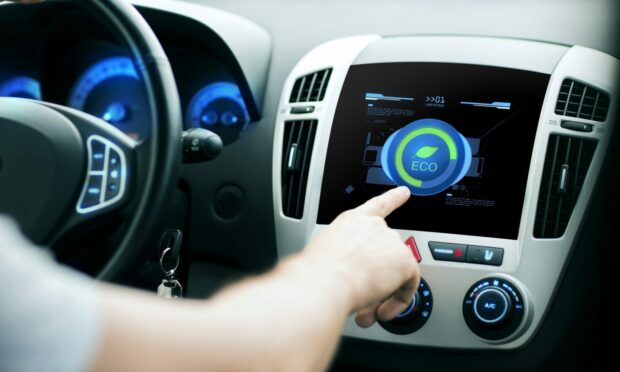
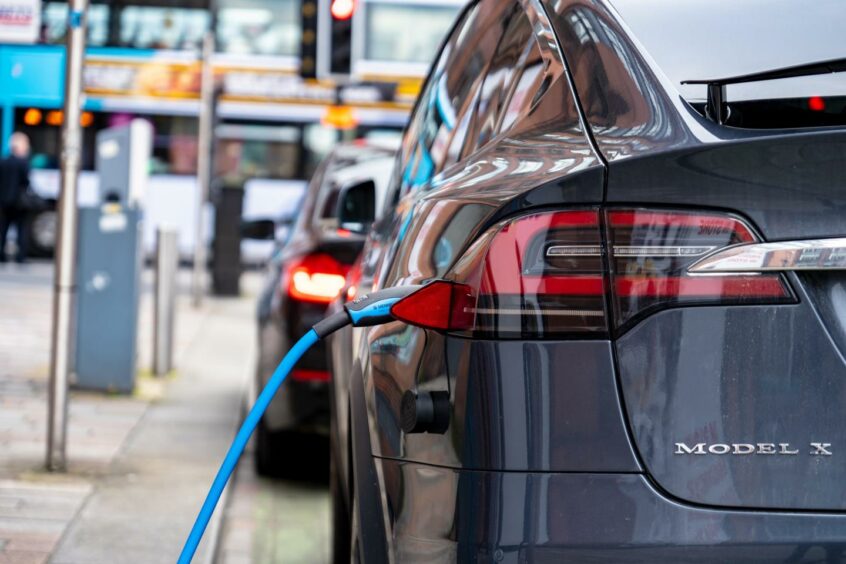
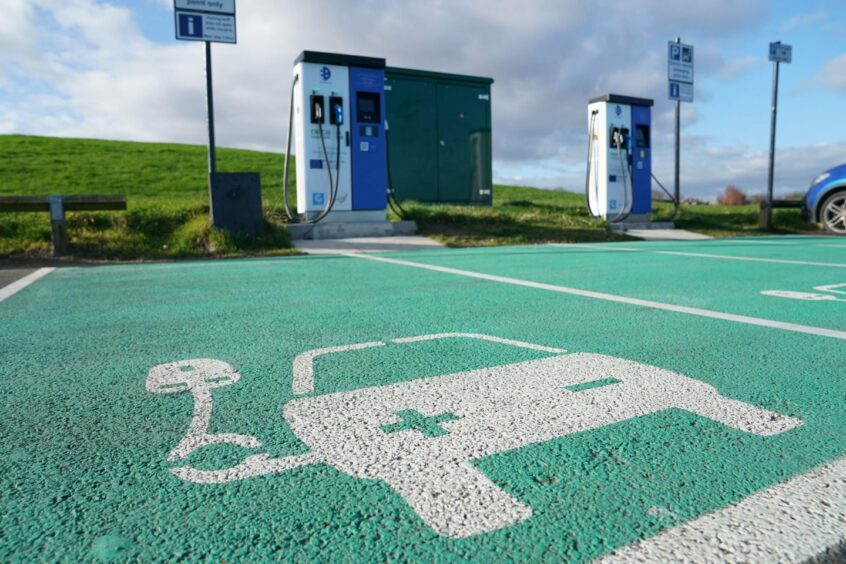
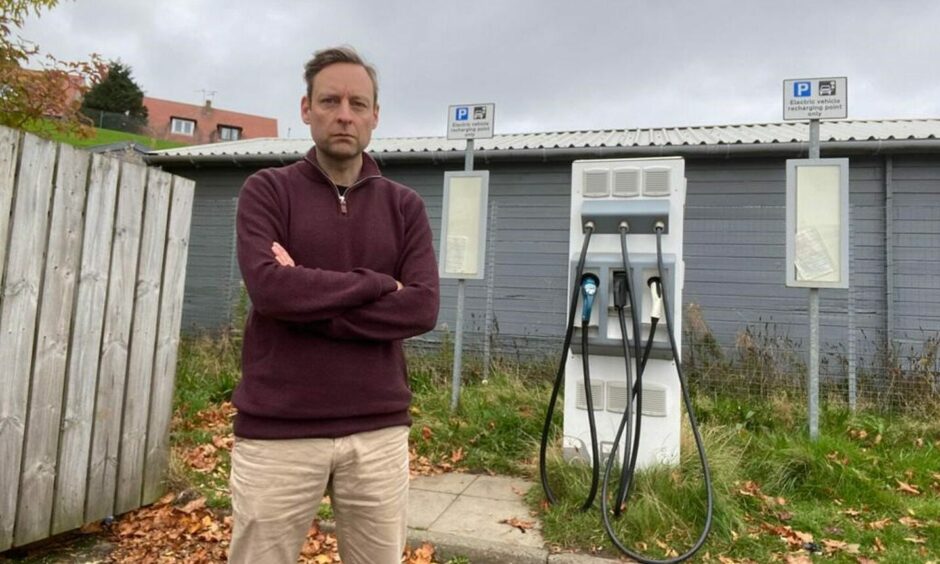



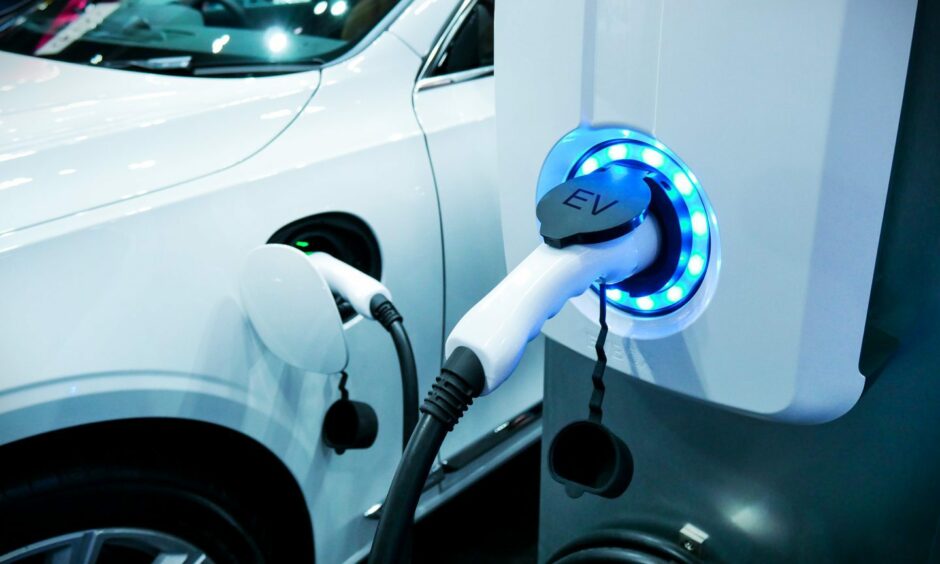


Conversation